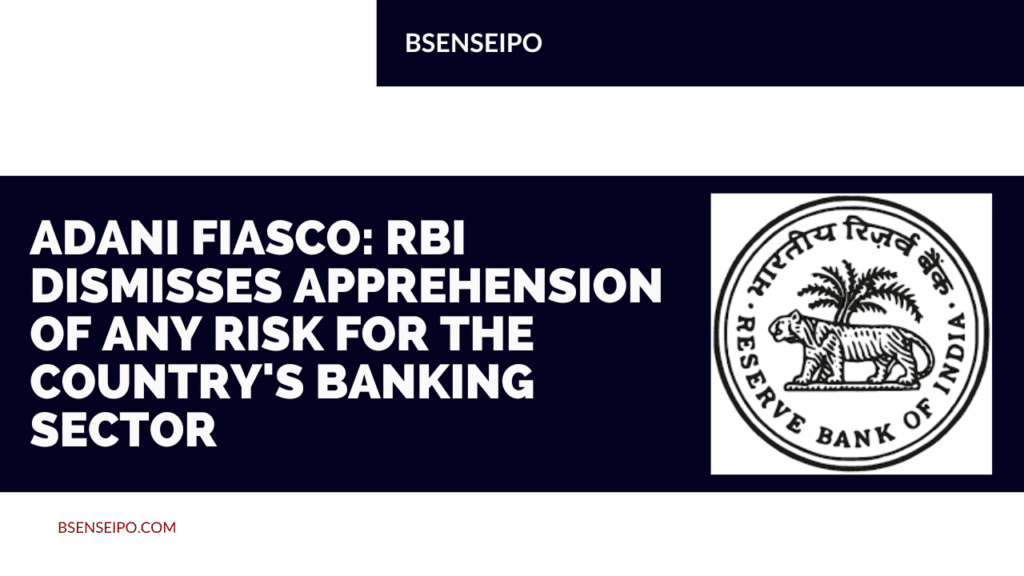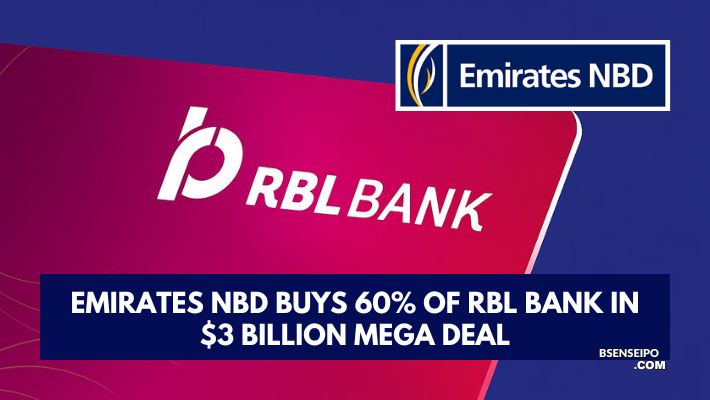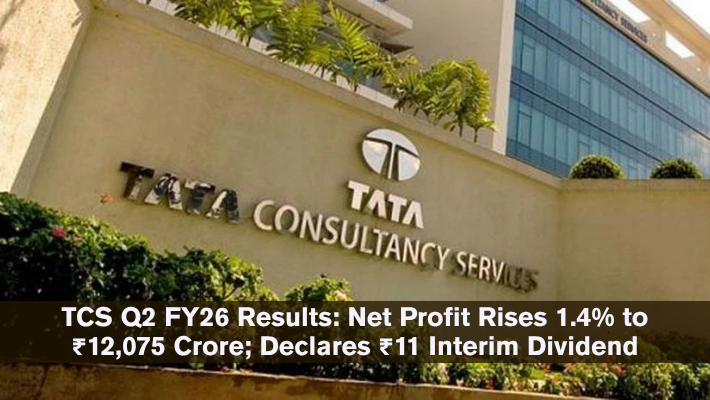RBI dismisses apprehension of any risk for the country’s banking sector from the Adani Group case
This statement of RBI has come at a time when the country’s largest bank SBI has denied any concern related to Adani Group’s loan, saying that it has only Rs 27000 crore in Adani Group companies, which is part of its loan book. is 0.9 percent
Adani fiasco: RBI has said that the banking sector remains strong and stable. With this assurance from RBI, the concern raised in the recent past regarding the exposure of banks to Adani Group has been reduced. Explain that US-based short seller Hindenburg has made many serious allegations against the Adani Group in one of his research reports. Hindenburg says that Adani Group has a huge debt. Its shares are overvalued. Apart from this, the company has adopted various unethical methods to increase the price of its shares. After the arrival of this report, the shares of Adani Group have been seen falling upside down.
Due to heavy pressure on the shares of Adani Group, the company has withdrawn its follow-on issue of Rs 20000 crore. There were also reports in the media that all the big banks have fund and non-fund-based exposures to Adani group companies. CLSA has said in one of its reports that big banks account for 38 percent of the total debt of Adani Group companies. According to the CLSA report, 37 percent of Adani Group’s debt is from bonds and commercial paper, while 11 percent is from financial institutions. While the remaining 12-13 percent loan has been taken through intergroup lending.
SBI said only Rs 27,000 crore is invested in Adani’s companies
Significantly, this statement of RBI has come at a time when the country’s largest bank SBI has denied any concern related to Adani Group’s loan, saying that only Rs 27,000 crore is invested in Adani companies, which is part of its loan book. 0.9 percent.
RBI’s eye remains
RBI has also said that it is monitoring the exposure of Indian banks to certain business groups in the country. It further stated that it has a database system like a Central Repository of Information on Large Credits (CRILC). In which banks enter information about their exposure above Rs 5 crore. This data is used for monitoring the banks.
MORE FOR YOU








